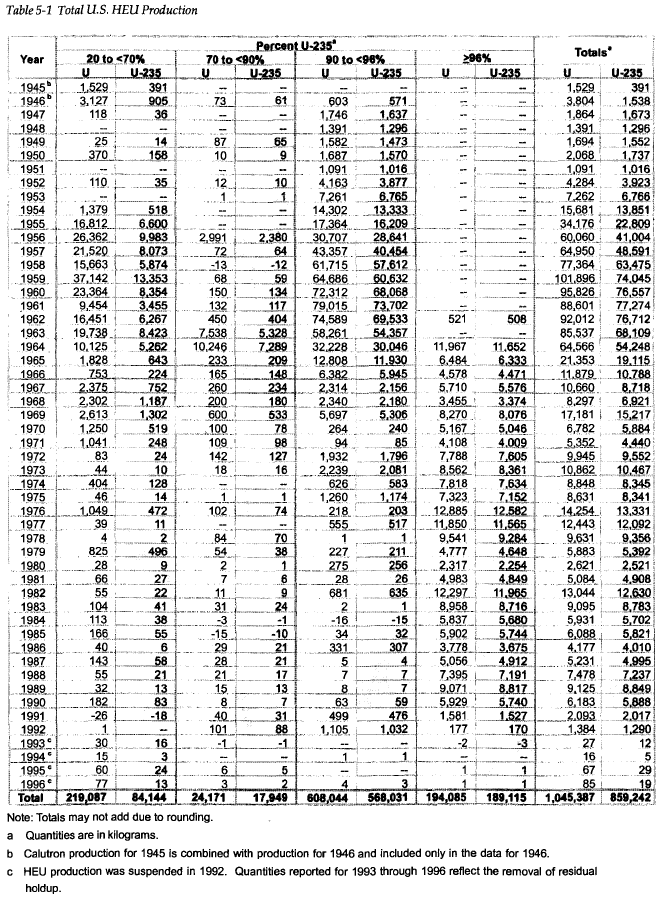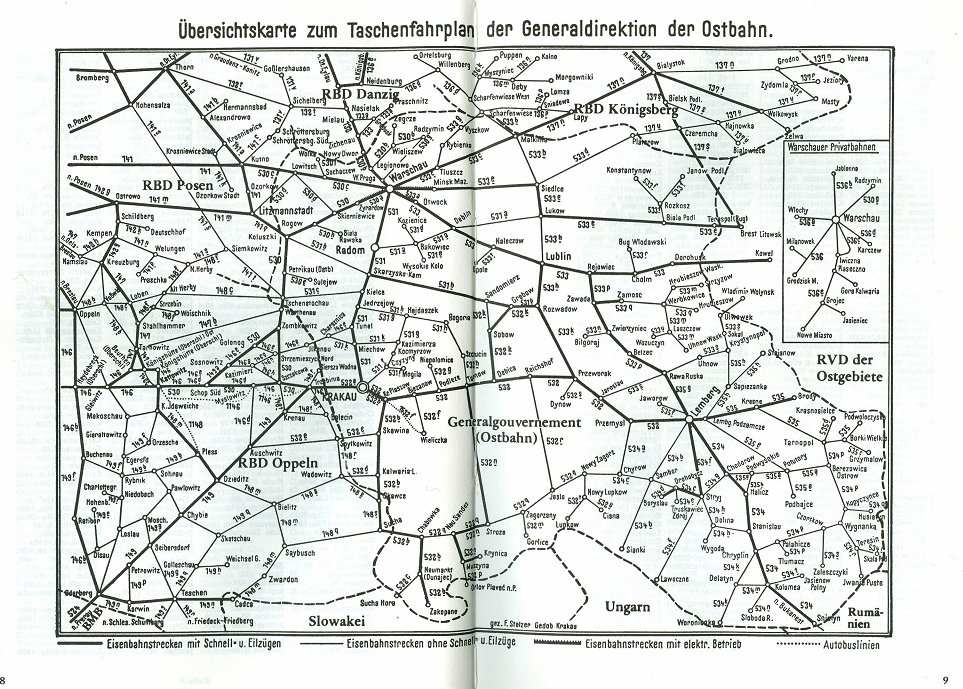(EDIT: I just realized after posting this that NATO wasn't a thing until 1949. Woops.)
I imagine a lot of ink has been spilled on the topic of Operation Unthinkable, but I'm not very active on these forums so I'm not sick of this topic yet. If there are some notable threads that have already tread this ground, feel free to point me in that direction.
A while back I commented on AlternateHistoryHub's Unthinkable video that his characterization of an early Cold-War-Gone-Hot scenario was overly reductive, and I wound up having a pretty interesting discussion in the YouTube comments.
The main idea of Alternate History Hub's video was that the Allies would have a disadvantage on the ground, but would just start nuking Soviet cities until the Soviets capitulated. This seems to be the common wisdom for what would have happened had the Soviets and Allies gone to war shortly after World War II.
But while the allies would have had a nuclear advantage in these early years, without strategic ICBMs they would have had to deliver their bombs via bombers. The Soviets had an air force, and air defenses. So in addition to a ground war, there would be a massive air battle over Europe to defend against and clear the way for nuclear bombers. It would hardly be an easy task for the Allies to nuke Moscow.
People responded by saying the Soviet Air Forces were largely tactical planes, and while they had been effective against the Luftwaffe, they would be poorly equipped (both technologically and doctrinally) to take down high altitude Allied bombers. This makes a lot of sense in broad strokes and I don't disagree, but I'm still unsatisfied with this answer.
The Soviets just got through steamrolling Nazi Germany, they weren't about to just lay down and get pummelled by the Allies just because their doctrine would require change for a new enemy. And what about lend-lease allied craft? I understand that lend-lease aircraft saw little use in the Soviet Union against the Luftwaffe, but would allied Bombers have to face Soviet P-51s over Russia?
(For the sake of argument let's say the war starts in 1947.)
We also went on a bit of tangent about how having to press WWII era craft into a new war might affect the development of air power for the next couple decades. We might see propeller driven aircraft stay in service longer just because it's easier to tweak existing designs in war time than it is to design new aircraft from the ground up. If anyone with more an aerospace engineering background could comment on this, I'd be really interested.
I imagine a lot of ink has been spilled on the topic of Operation Unthinkable, but I'm not very active on these forums so I'm not sick of this topic yet. If there are some notable threads that have already tread this ground, feel free to point me in that direction.
A while back I commented on AlternateHistoryHub's Unthinkable video that his characterization of an early Cold-War-Gone-Hot scenario was overly reductive, and I wound up having a pretty interesting discussion in the YouTube comments.
The main idea of Alternate History Hub's video was that the Allies would have a disadvantage on the ground, but would just start nuking Soviet cities until the Soviets capitulated. This seems to be the common wisdom for what would have happened had the Soviets and Allies gone to war shortly after World War II.
But while the allies would have had a nuclear advantage in these early years, without strategic ICBMs they would have had to deliver their bombs via bombers. The Soviets had an air force, and air defenses. So in addition to a ground war, there would be a massive air battle over Europe to defend against and clear the way for nuclear bombers. It would hardly be an easy task for the Allies to nuke Moscow.
People responded by saying the Soviet Air Forces were largely tactical planes, and while they had been effective against the Luftwaffe, they would be poorly equipped (both technologically and doctrinally) to take down high altitude Allied bombers. This makes a lot of sense in broad strokes and I don't disagree, but I'm still unsatisfied with this answer.
The Soviets just got through steamrolling Nazi Germany, they weren't about to just lay down and get pummelled by the Allies just because their doctrine would require change for a new enemy. And what about lend-lease allied craft? I understand that lend-lease aircraft saw little use in the Soviet Union against the Luftwaffe, but would allied Bombers have to face Soviet P-51s over Russia?
(For the sake of argument let's say the war starts in 1947.)
We also went on a bit of tangent about how having to press WWII era craft into a new war might affect the development of air power for the next couple decades. We might see propeller driven aircraft stay in service longer just because it's easier to tweak existing designs in war time than it is to design new aircraft from the ground up. If anyone with more an aerospace engineering background could comment on this, I'd be really interested.
Last edited:

